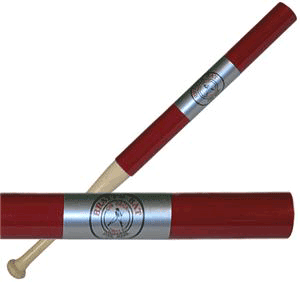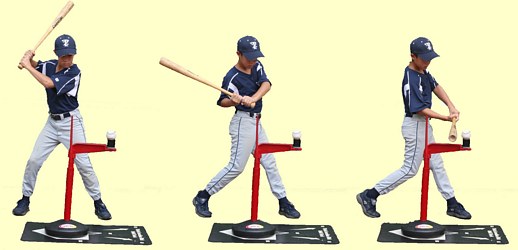The baseball season is long and demanding and it is important to keep yourself in tip-top shape so you can play your best each and every game. In order to maximizes your performance it is crucial to –
Work out at least two if not three times per week. This makes it easy to maintain your strength and muscle bulk and offsets any fatigue while you are actually playing.
Keep your workouts short. Sometimes it is easier to fit a shorter half-hour workout into your life than it is a longer one. It is okay to just work out for a half an hour every day rather than a full hour. Another reason this is recommended is so that you still have a great deal of energy left over for playing practice games.
Perform full-body workouts. Make your shorter workouts worth it by engaging both your upper and lower body in the same session. This also helps you recover faster from your exercise because just one area of your body won’t be sore.
Do exercises that are familiar to you during in-season training. During the season it is best to stick with familiar routines. This helps minimize body soreness as your body already knows the familiar movements.
Use submaximal weights. The best way to not strain yourself and cause fatigue on the field is to use submaximal weights when working out. This prevents strain and promotes quick muscular recovery after a workout.
Address muscular imbalances with mobility and flexibility exercises. The problem with playing baseball is that it is not a sport that uses the parts of the body in a symmetrical way. This is because the very nature of the sport entails that you use only side of the body all of the time. When you pitch a ball or swing the bat the focus is very one-sided. To remedy this it is important to stay flexible by doing foam rolling, stretching and dynamic movements to make sure you are loose and not straining the most used side of your body.
Finally remember to listen to your body and do your best to keep it invigorated and healthy. If you hurt yourself while trying to train then you are no good on the baseball diamond. If your body is telling you that you are to weak to work out one day then it is best to take this message seriously and take a break from the weight room.

